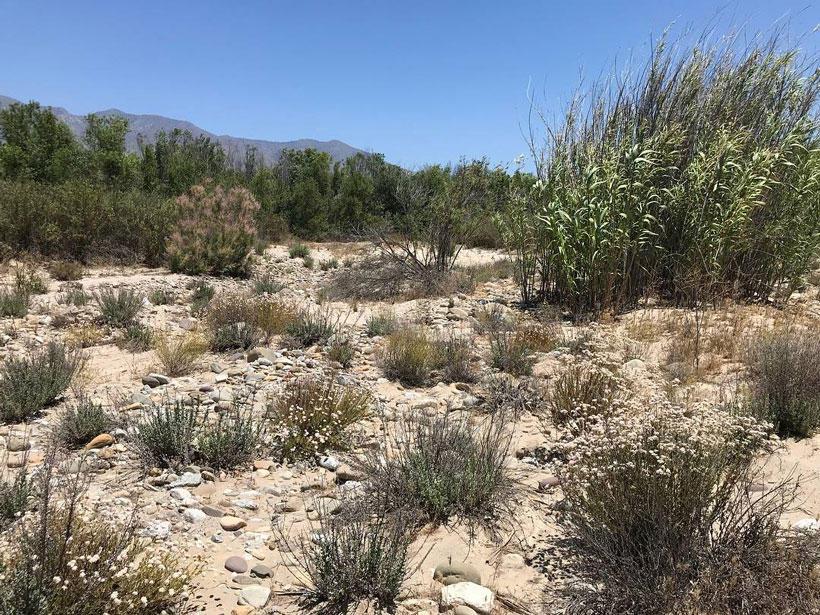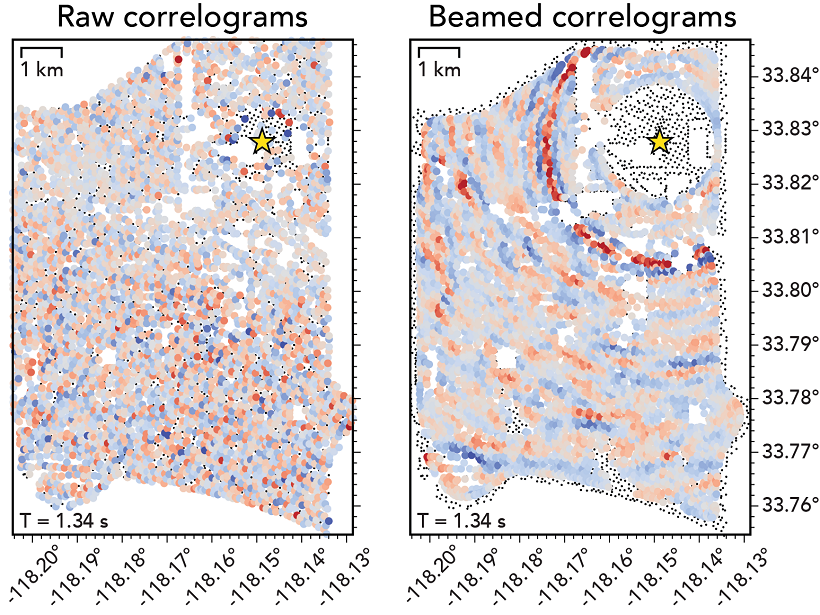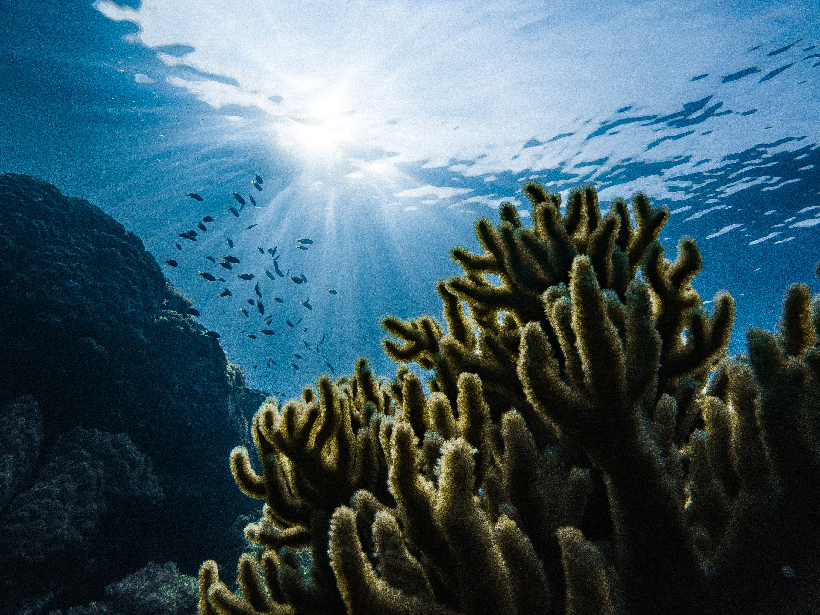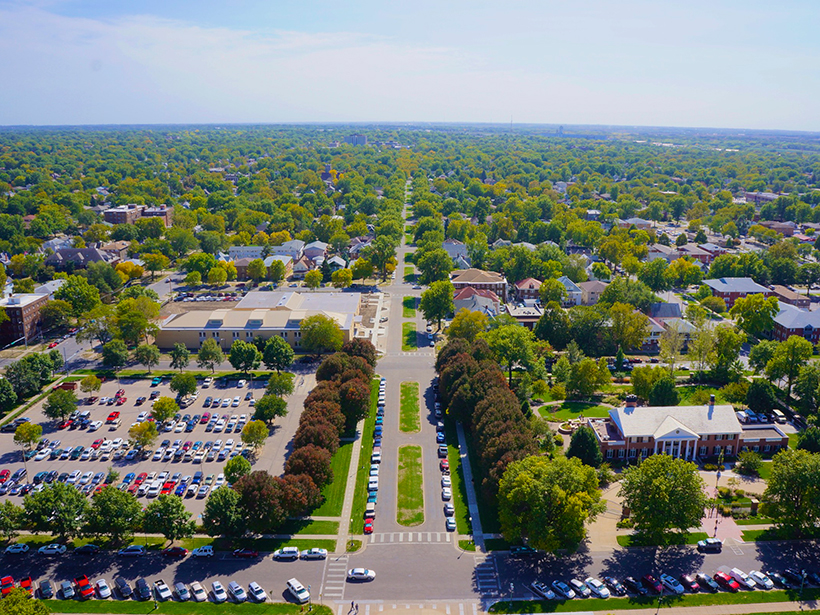A new spaceborne sensor monitors Earth’s surface temperature at a resolution higher than ever before, providing information on ecosystem responses to changes in water availability and climate stressors.
mapping
Fine-scale Structure Mapped by Body Waves Extracted from Noise
A novel processing scheme was used to extract refracted body waves from ambient seismic noise and investigate the small-scale structure around a fault at Long Beach, California.
Water Ice Lurks in Young—but Not Too Young—Lunar Craters
Using topographic data, researchers have estimated the ages of water ice–containing craters near the Moon’s poles and ruled out volcanism as being a primary route for water delivery.
Search for MH370 Revealed Ocean Crust Waves
Efforts to recover the missing airplane produced high-resolution bathymetry of the southern Indian Ocean that raises new ideas about how ocean crust forms.
How Machine Learning Redraws the Map of Ocean Ecosystems
Using an unsupervised learning algorithm, scientists can create new maps of ecosystem provinces in the ocean, opening the possibility of sharper data collection and monitoring.
The First Global Geologic Map of the Moon
At a time when more geological data about the Moon are available than ever before, USGS scientists have created a one-stop shop where everyone, including the public, can see how it all fits together.
Geoscientists Help Map the Pandemic
Data visualization and mapping are valuable tools in the fight against COVID-19. Geoscientists can help healthcare workers and shape public policy.
Are Cosmic Rays a Key to Forecasting Volcanic Eruptions?
A combination of relativistic particles and artificial intelligence may provide a new way to forecast when a volcano could erupt.
A New Global Map of Seafloor Fluid Expulsion Anomalies
The first open-source database of SEAfloor FLuid Expulsion Anomalies (SEAFLEASs) at a global scale reveals their distribution and physical parameters.
Mapping Nutrient Inputs in the Great Lakes Basin
A new tool links nitrogen and phosphorus applications to land use classifications to better understand where and how much of the nutrients enter watersheds in the U.S. Great Lakes Basin.










